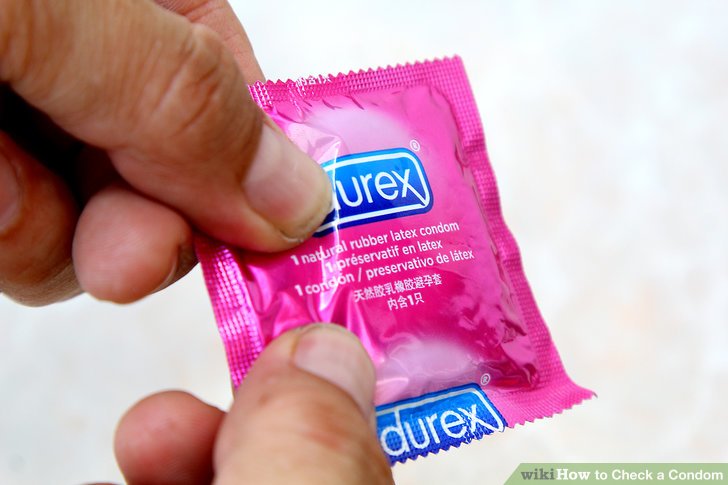Jodie Vanderslot | Health Editor
Featured image: The more you know, the better you can prevent pregnancy. | Courtesy of WikiHow
One of the most direct ways we can protect ourselves from sexually transmitted infections (STIs) is through access to information and being armed with the facts, as well as having multiple options. Birth control options and contraceptives are a personal decision, and in making a choice, one must be aware of all of the options available, benefits, and potential side effects.
Professor Sarah Flicker works in the Faculty of Environmental Studies, focusing on the sexual and reproductive health of young people. Specifically, her research is centred around improving the resources available and further empowering young people to access and seek them out in order to achieve the best health possible.
Flicker explains: “It is significant that we offer young people the information, resources, and access before they become sexually active, so that […] they are already set to do it in ways that feel safer for them.”
Available contraceptives include: hormonal, barrier, and natural methods, implants such as an intrauterine device (IUD), and emergency contraception.
Hormonal methods work by using two hormones—estrogen and progestin—to prevent pregnancy, including means such as the pill, the patch, and the NuvaRing. The NuvaRing prevents pregnancy by stopping ovulation from occurring and making it more difficult for sperm to travel to the uterus. Hormonal contraceptives are some of the most frequently used birth control methods, due to their effectiveness when used properly.
In order for these methods to work, the pill must be taken daily at the same time or as close as possible; the patch must be changed every week; and a new vaginal ring must be inserted every month.
The pill is an oral contraceptive, and the most common hormonal method, including brands such as Alesse, Yaz, and Diane-35. The pill can also alter and regulate your menstrual cycle, often reducing the amount and length of bleeding. It also changes your skin type, and is often used to simultaneously treat acne. Hormonal contraceptives are 99.7 to 99.9 per cent effective, though side effects such as weight gain, bloating, and spotting are common. This method also does not prevent the spread of STIs.
Barrier methods are designed to prevent sperm from reaching the egg, they include condoms—both male and female—and the diaphragm.
The diaphragm has an 80 to 94 per cent effectiveness when used correctly, however, its accessibility in Canada is limited.
Both types of condoms are are up to 80 to 97 per cent sufficient and much more attainable. “The best predictor for future condom use is past condom use,” notes Flicker.
While condoms run the risk of breaking or slipping, they are one of the best means for avoiding the spread of STIs and cervical dysplasia. With any form of birth control, it is recommended that condoms are used in conjunction as a measure not only to inhibit pregnancy, but also infections.
Abstinence is the safest and most practical way to avoid pregnancy and the spread of STIs. However, other natural means also include withdrawal (also known as the pull-out method), in which the man removes his penis before ejaculation inside the vagina. Further, he must ejaculate away from female genitalia. With the pull-out method, the outcome is uncertain. For warding off pregnancy, it is about 73 to 96 per cent successful—however, there can be sperm in pre-cum, which is why it is still possible for fertilization to happen, even if ejaculation occurs outside of the vagina.
“First, you need the information, to know that this is vital, and how to use it. Then, you must access whatever it is you want to use. Then, you need a supportive partner who wants to be by your side in whatever choices you’re making, and an open enough flow of discussion around options of consent,” adds Flicker.
An IUD is a medical procedure available in copper or progesterone. An IUD is a small T-shape device placed inside the uterus, remaining there for three to 10 years, until it is removed by a professional. The device slowly releases hormones, which in turn, halt sperm from entering the cervical canal. It is a highly sufficient form of prevention, as it is about 99 per cent effective right after insertion. An IUD is also a form of emergency contraceptive, as it will attempt to stop pregnancy before fertilization can occur.
Another implant available is Nexplanon, a thin rod implanted into the arm, which releases the hormone progestin into the body, which averts a potential pregnancy and can be used for up to four years. However, neither Nexplanon nor an IUD protect against STIs, nor are the procedures inexpensive or without risk.
Emergency contraception, or “plan B”, as it is otherwise known, is valid for up to three days after intercourse. The greater the delay in taking or seeking an emergency contraceptive option, the less effective it will be.
Today, there are a plethora of resources available for both men and women, making it possible to practice safe sex. Whichever option one may decide to take, it is crucial to be knowledgeable about your decision and respect that what works for one, may not work for another.


